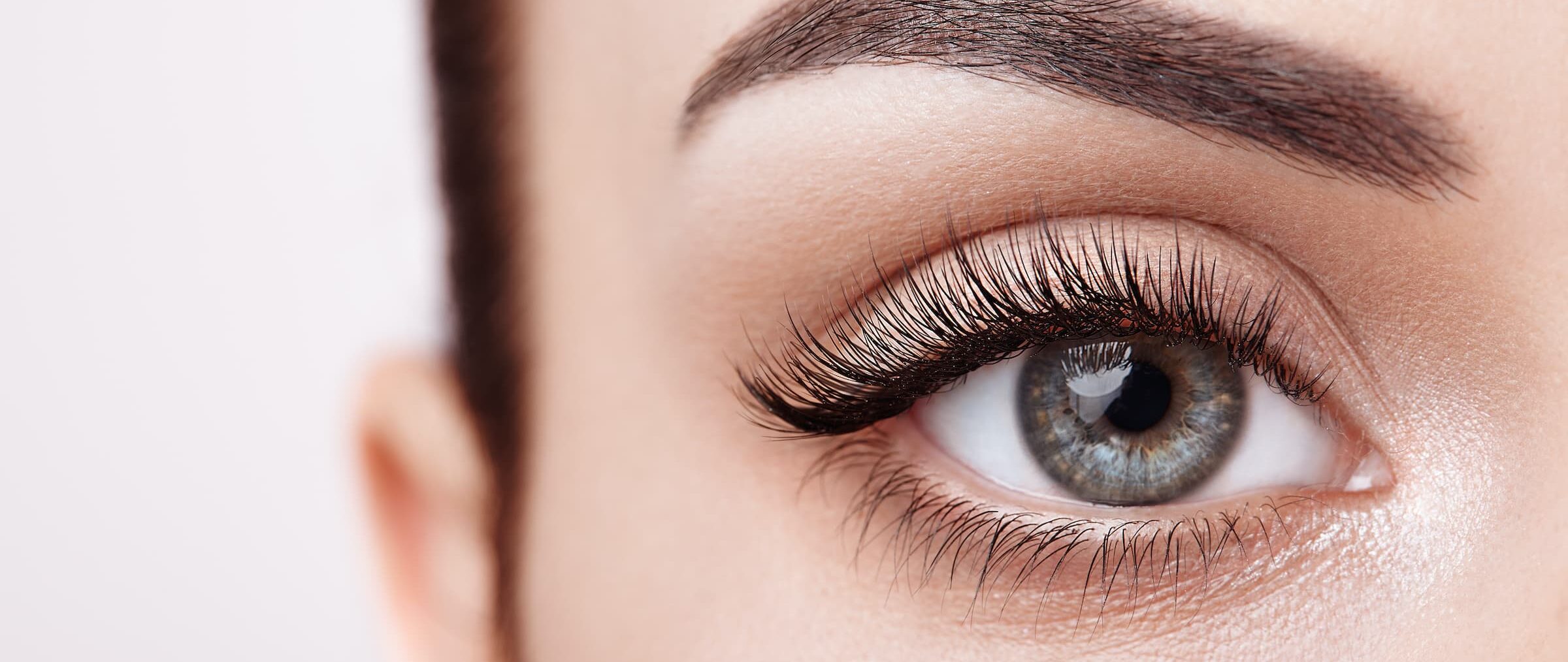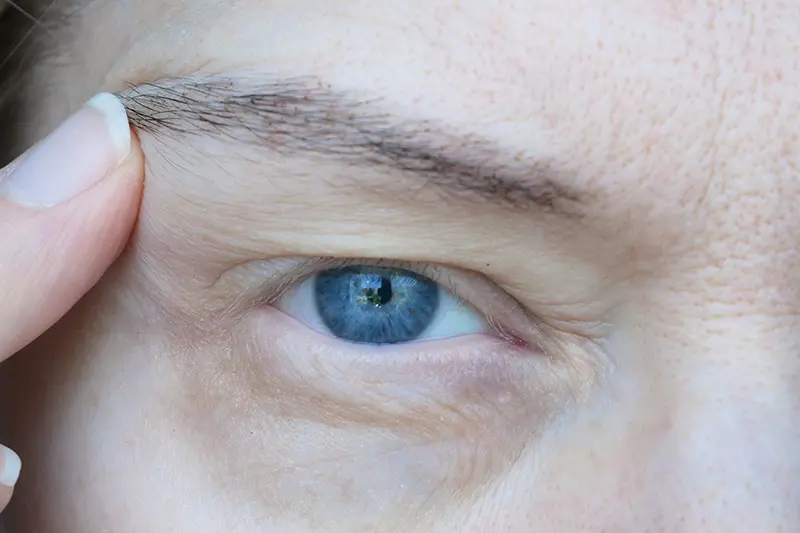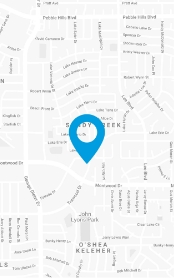Eye Conditions

Last Updated on
At LASIK, Cornea & Cataract Specialty Center, our goal is to provide the highest quality of comprehensive eye care to our patients in the El Paso, Texas area. This includes a full range of services and treatments designed to safeguard the health of your eyes and your vision, from routine eye exams to the diagnosis and treatment of potentially serious eye conditions.
Comprehensive Eye Care
It is so important to undergo routine eye exams on a regular basis. These exams help us monitor your eye health, identify vision changes, and make it possible for us to diagnose eye conditions at their earliest stages, when treatment is most effective.

Refractive Errors
The images we see are the product of light focused onto the retina, which then sends data to the optic nerve. When the shape of a patient’s eye or lens prevents light from properly bending (refracting) onto the retina, this can cause blurry or distorted vision.
Refractive errors include:
- Nearsightedness: Nearsightedness (myopia) makes it difficult to see distant objects clearly.
- Farsightedness: Farsightedness makes objects nearby blurry.
- Astigmatism: Astigmatism can affect both near and distance vision.
- Presbyopia: Presbyopia is age-related near vision loss. This begins to affect everybody at around age 40.
We make it easy for our patients to correct their refractive errors by ordering custom glasses and contacts from our onsight optical laboratory, Eye C Optical Boutique.
Common Eye Conditions
In addition to helping us identify and correct refractive errors, a comprehensive eye exam also makes it possible for us to diagnose and treat common eye conditions such as:
Lazy Eye
Lazy eye, or amblyopia, is caused by a processing problem that makes the brain favor one eye over the other and can affect vision.
Conjunctivitis (Pink Eye)
Conjunctivitis is a common eye condition that is caused by irritation or infection of the conjunctiva (the insides of the eyelids).
Eye Allergies
Eye allergies affect many of our patients and can cause uncomfortable symptoms like itching, burning, redness, and puffy eyes.
Blepharitis
Blepharitis is a chronic condition that causes the eye or eyelids to become swollen, rusty, flakey, or uncomfortable.
Pinguecula
Pinguecula is often caused by excessive sun exposure, and causes the white part of the eye to appear raised, yellowed, and thickened.
Styes and Chalazion
Styes and chalazia often appear the same to patients and share similar symptoms, but require different treatment. A stye can appear as a lump or bump on the eyelid and is caused by a bacterial infection. Chalazia also appear as bumps on the eyelid, but are caused by a blockage in a small oil gland. These eye conditions often resolve on their own, but some require advanced treatment.
Eye Infections
Some of the types of eye infections we see most commonly are conjunctivitis (pink eye), styes, and corneal ulcers. Eye infections can cause redness, pain, itchiness, discharge, and vision problems. In some cases, eye infections can be a threat to a patient’s vision or eye health.
Corneal Abrasions
A corneal abrasion is a small nick or scratch on the surface of the cornea. Commonly caused by rubbing the eyes, improper contact lens care, or sand/dust, corneal abrasions can be painful and should be brought to the attention of an experienced eye doctor.
Corneal Conditions
Keratoconus
In patients with keratoconus the cornea is cone-shaped instead of round. This is a progressive condition that can impair vision. Keratoconus can be treated with a procedure called corneal cross-linking, which can limit the progression of keratoconus.
Learn More About Keratoconus
Learn More About Corneal Cross-Linking
Dry Eye Syndrome
Dry eye syndrome is a common condition that can cause symptoms like redness, irritation, tearing, and more.
Learn More About Dry Eye Syndrome
Pterygium
Ptergia are raised growths on the outer layer of the eye (the conjunctiva), and can cause uncomfortable conditions. Pterygia are benign, but can cause irritation, the sensation that something is in the eye, and redness. Pterygium is typically treated with eye drops. Rarely, a pterygium can obstruct vision and must be removed surgically.
Glaucoma
Glaucoma is caused by excess fluid in the eye, which damages the optic nerve and can lead to vision loss if not treated.

Retinal Conditions
Macular Degeneration
Age-related macular degeneration, or AMD, is a progressive disease of the macula (the center part of the retina). AMD can cause loss of central vision, and early detection and treatment are key to preserving a patient’s sight.
Learn More About Macular Degeneration
Floaters and Flashers
Floaters and flashers are common visual disturbances that don’t require medical attention. However, a sudden increase in floaters and flashers may be a sign of a serious condition that needs to be diagnosed during an eye examination.
Retinal Detachment
A retinal detachment is a medical emergency that needs to be addressed immediately, either at an ER or at our offices in El Paso. Retinal detachment is the result of the retina pulling away from the back of the eye. While retinal detachment can happen to anyone, it is more common in people over the age of 40 and in people who have certain risk factors including a previous eye surgery. If you experience symptoms such as sudden flashers and/or floaters, darkening of your peripheral vision, or shadows covering part of your field of vision, call us right away.
Droopy Eyelids & Eyelid Surgery
Over time, eyelids can begin to sag or droop. This is called ptosis, and it can be both a cosmetic concern and a functional concern, as droopy skin can obstruct a patient’s vision.
Learn More About Droopy Eyelids
Eyelid Surgery
Our doctors can perform eyelid surgery (blepharoplasty) to address ptosis and rejuvenate patients’ appearance.
Learn More About Eyelid Surgery
Upneeq
Upneeq is a once-daily prescription eye drop that can reduce ptosis or low-lying upper eyelids for a non-surgical eyelid lift.
Learn More About Upneeq

Contact LASIK, Cornea & Cataract Specialty Center
Many eye diseases have no early symptoms. They may be painless, and you may see no change in your vision until the disease has become quite advanced. This is why it is so important to undergo regular eye exams. If you have symptoms of an eye disease or condition, or if you need to schedule your yearly eye exam, please contact us. We are proud to serve patients throughout the El Paso, Texas area.








